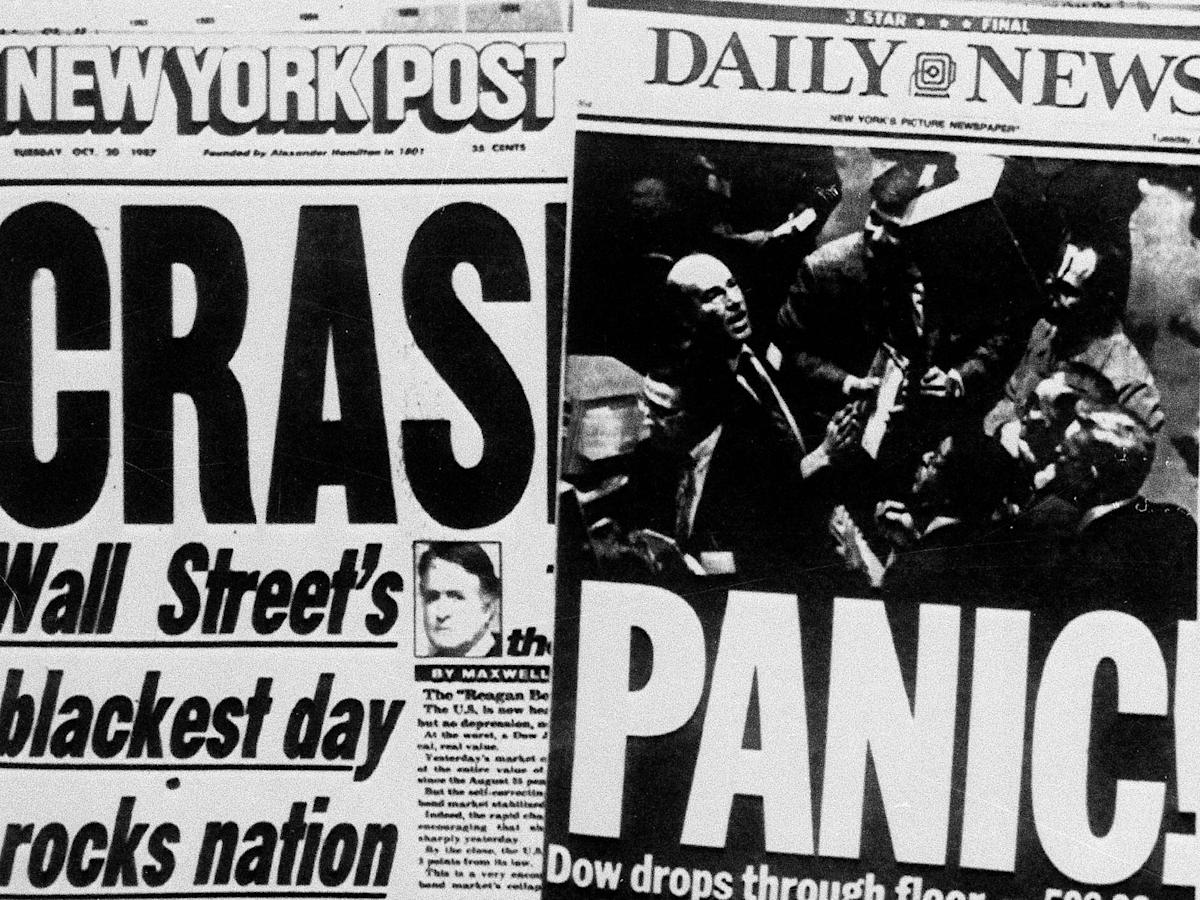Americans are terrified of stock-market crashes. One Yale professor says they shouldn’t be.
-
Yale economist William Goetzmann says investors are generally too worried about a market crash.
-
His research shows crashes after big surges are rare and often short-lived.
-
Goetzmann advises staying invested long-term for better returns, despite market fears.
Yale economist William Goetzmann has felt the fear that a stock-market crash can strike into an investor. He’s lived through at least four of them: 1987, 2000, 2008, and 2020.
“I watched my entire life savings drop by 50% during the crash of 2008,” he told Business Insider earlier this month.
Many Americans who had money in the stock market at the time saw similar losses. It’s the kind of scarring experience that can make an investor paranoid that another crash is always around the corner.
And it apparently has, as Goetzmann’s research has found that fear of a rapid decline is pervasive among investors. Since 2000, respondents to Goetzmann’s surveys at any given time have generally said there’s a 10%-20% chance of a crash in the next six months.
“What our research suggests is they can be reacting to even things that aren’t having to do with the stock market,” he said. “Like if there’s a big earthquake nearby, they tend to think there’s a higher probability of a crash.”
Today, there seem to be heightened fears of a market bubble — and a subsequent pop — with AI stocks fueling an 86% surge over the last few years and the S&P 500’s Shiller CAPE ratio at its third-highest level ever.
While these concerns are understandable in some sense, they also defy the data, Goetzmann said. His research has found that stock crashes after big surges don’t happen all that often to begin with, and when they do occur, they don’t last that long.
In a 2016 paper, Goetzmann looked at instances around the world since the 1880s when a country’s market has surged by 100% over a one-year period or a three-year period. In those cases, stocks have ended up down by at least 50% in the following year or five-year period less than 1% of the time. In fact, 26% of the time, the market has risen another 100%.
In some ways, Goetzmann’s research is narrow and doesn’t account for all downside scenarios. For example, it wouldn’t account for the S&P 500’s roughly 49% in the two years after the dot-com bust from 2000-2002, as the market was down about 18% in 2005, five years after its peak. Yet this is widely looked at as one of the most damaging crashes in market history, as it took investors years to claw back the deepest losses.



Leave a Comment
Your email address will not be published. Required fields are marked *